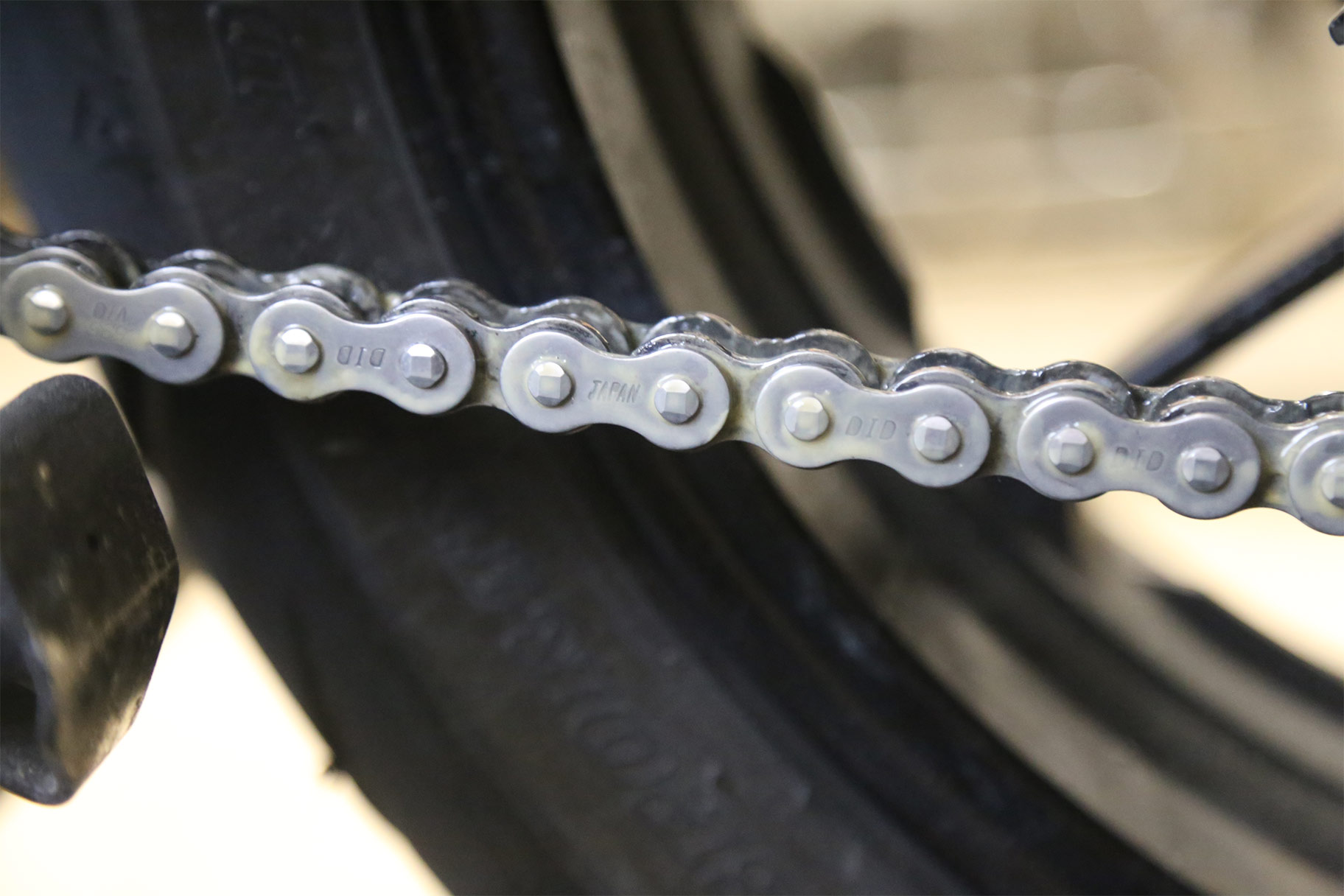Understanding the Basics of Bike Gears
Bike gears can improve your cycling experience significantly. They allow you to tackle various terrains with ease. To start, gears consist of a series of cogs and chainrings. These components help you adjust the bike’s resistance. In essence, lower gears make pedaling easier but decrease your speed. Conversely, higher gears make pedaling harder but increase your speed.
Every bike has a different gearing system. Some have a single front chainring and multiple rear cogs. Others feature multiple chainrings up front and multiple cogs in the rear. Familiarize yourself with your bike’s specific setup. This knowledge is crucial for efficient gear usage. Transitioning between gears becomes seamless with practice. Ultimately, understanding the basics of bike gears sets the foundation for more advanced techniques.
Front Chainrings
The front chainrings are the larger sprockets near your pedals. They play a significant role in gearing. Most bikes have two or three chainrings. The smallest chainring is meant for climbing hills. It makes pedaling easier, reducing the required effort. The middle chainring is versatile. It works well on flat terrain and light inclines. The largest chainring is for high-speed riding on flat surfaces or downhills. Knowing when to use each chainring optimizes your ride.
Rear Cogs
The rear cogs are the smaller sprockets attached to the rear wheel. They work in conjunction with the front chainrings. Smaller rear cogs provide more resistance, ideal for higher speeds. Larger rear cogs offer less resistance, which is useful for climbing. Adjusting the rear cogs allows for fine-tuning your pedaling effort. Combining the right front chainring with the appropriate rear cog ensures an efficient ride. Understanding this relationship enhances your biking experience.
Using Gears on Different Terrains
Gears help you adapt to various cycling conditions. Each type of terrain demands a different approach. Learning how to shift gears efficiently will make your ride smoother. Applying the right gear strategy reduces fatigue and improves endurance.
Riding on Flat Surfaces
Flat surfaces are the easiest to navigate. They require the least amount of gear shifting. Typically, you can stay in the middle chainring. Pair this with a mid-range rear cog. This combination offers a balanced experience. You won’t be working too hard or too easy. On long stretches, consider shifting to a higher gear. This allows for increased speed. Transitioning between gears on flat terrain is straightforward.
Climbing Hills
Climbing hills demands a different strategy. Lower gears are your best friends in this scenario. Start by shifting to the smallest front chainring. Pair it with one of the larger rear cogs. This combination makes pedaling easier. However, you won’t be going very fast. Focus on maintaining a steady rhythm. Climbing in the correct gear reduces strain on your muscles. Remember, consistency is key when tackling inclines.
Efficient Gear Shifting Techniques
Efficient gear shifting ensures a smoother ride. Poor shifting can lead to mechanical issues. Understanding the right techniques reduces wear and tear on your bike.
Anticipating Gear Changes
Anticipate gear changes before you encounter different terrains. This foresight smooths the transition. If you see an incline ahead, shift to a lower gear beforehand. Waiting until you are mid-climb makes the shift harder. Similarly, if you spot a downhill stretch, shift to a higher gear in advance. Anticipating gear changes keeps your ride fluid.
Smooth Shifting
Shift gears smoothly to avoid mechanical problems. Rapid or forceful gear changes strain the bike’s components. Start by easing off the pedals slightly. Then, make the gear change. Resume pedaling once the shift is complete. This method reduces stress on the chain and sprockets. Smooth shifting enhances the longevity of your bike’s gear system.
Troubleshooting Common Issues
Understanding potential issues can save you trouble. Knowing how to address them keeps you riding smoothly. Regular maintenance and quick fixes are part of efficient gear usage.
Chain Slipping
Chain slipping happens when the chain doesn’t stay on the selected cog. It often occurs due to misalignment or wear. Check if the derailleur is aligned correctly. Misalignment can cause the chain to slip. Also, inspect the chain and cogs for wear. Replace them if necessary. Regular lubrication reduces the chance of chain slipping. Keeping your gear system well-maintained solves many issues.
Stiff Shifting
Stiff shifting means there’s resistance when you change gears. It can stem from cable issues or dirt buildup. First, check the gear cables for fraying or tension issues. Adjusting the tension can often solve stiffness. Next, clean the gear system thoroughly. Dirt and debris can cause resistance. Lubricate the system after cleaning. These steps ensure smooth shifting.
Optimizing Performance
Optimal gear usage enhances your cycling performance. Small tips can make a big difference. Whether you’re a casual rider or a competitive cyclist, optimization is key.
Cadence
Cadence refers to your pedaling speed, measured in revolutions per minute (RPM). An optimal cadence typically ranges between 70 to 90 RPM. Maintaining a steady cadence reduces muscle fatigue. Use your gears to keep your cadence within this range. Lower gears help you maintain cadence on climbs. Higher gears are useful for flat surfaces and descents. Consistent cadence optimizes performance.
Gear Ratios
Understanding gear ratios helps in selecting the right gear combinations. The ratio is determined by the number of teeth on the chainring and the cog. For example, a 30-tooth chainring and a 10-tooth cog create a 3:1 ratio. Higher ratios mean more resistance but greater speed. Lower ratios make pedaling easier but slower. Experiment with different ratios to find your optimal settings. Fine-tuning gear ratios can significantly improve your ride.
Safety and Comfort
Safety and comfort are crucial for an enjoyable biking experience. Proper gear usage contributes to both. Paying attention to these aspects keeps you riding longer and happier.
Avoid Cross-Chaining
Cross-chaining occurs when the chain is at an extreme diagonal. For example, using the smallest chainring with the smallest cog. Or the largest chainring with the largest cog. This position strains the chain and sprockets. Avoid cross-chaining to prevent excessive wear. Stick to moderate gear combinations. This practice enhances the longevity of your gear system.
Regular Maintenance
Regular maintenance ensures your bike’s gears function smoothly. Check for wear and tear frequently. Clean and lubricate the chain and sprockets regularly. Keep an eye on the derailleur alignment. Periodic maintenance avoids bigger, costlier problems down the line. A well-maintained gear system offers a safer and more comfortable ride.
By understanding and applying these principles, you can elevate your biking experience. Mastering gear usage not only makes your rides smoother but also more enjoyable. From basic understanding to advanced techniques and maintenance, every aspect contributes to an optimal cycling adventure.
conclusion:
To use gears on a bike, you need to understand the basic mechanisms and purpose of shifting gears. Using gears on a bike allows you to adjust the difficulty of pedaling to match the terrain and your riding conditions. Shift to lower gears (smaller chainring in the front or larger sprocket in the back) for climbing hills or riding into the wind. Shift to higher gears (larger chainring in the front or smaller sprocket in the back) for riding on flat terrain or descending. Smoothly and gradually change gears while pedaling to avoid mechanical issues and maintain momentum. By mastering gear shifting, you can enhance your cycling efficiency, comfort, and performance.


